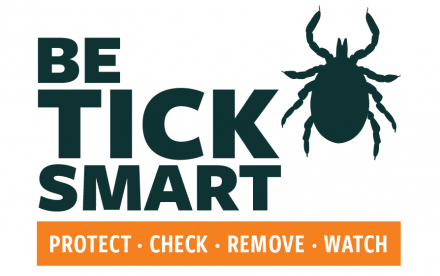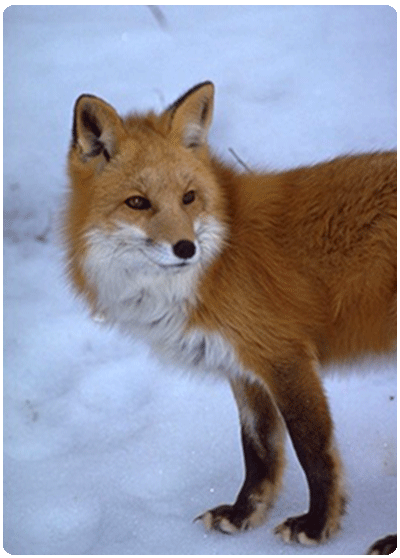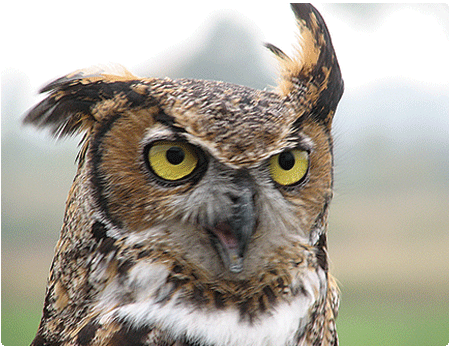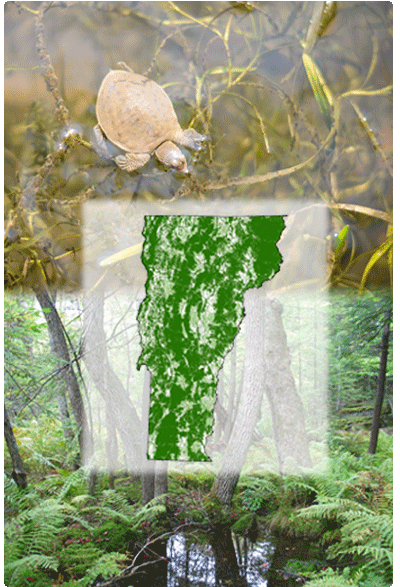Rabies
What Is Rabies?
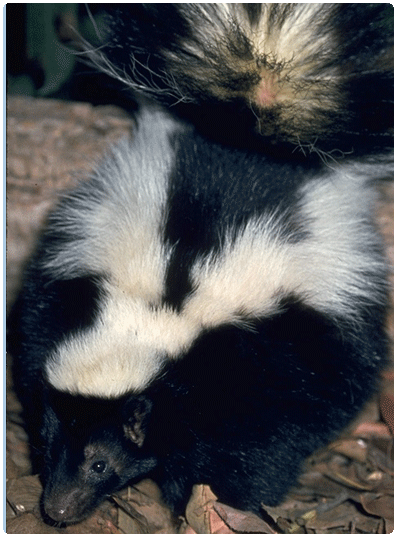
Rabies, sometimes known as hydrophobia, is a deadly disease of the brain. It is the most important wildlife disease risk to humans and pets in Vermont. Although rabies is a virus that is 100% fatal if not treated, it is also 100% preventable.

